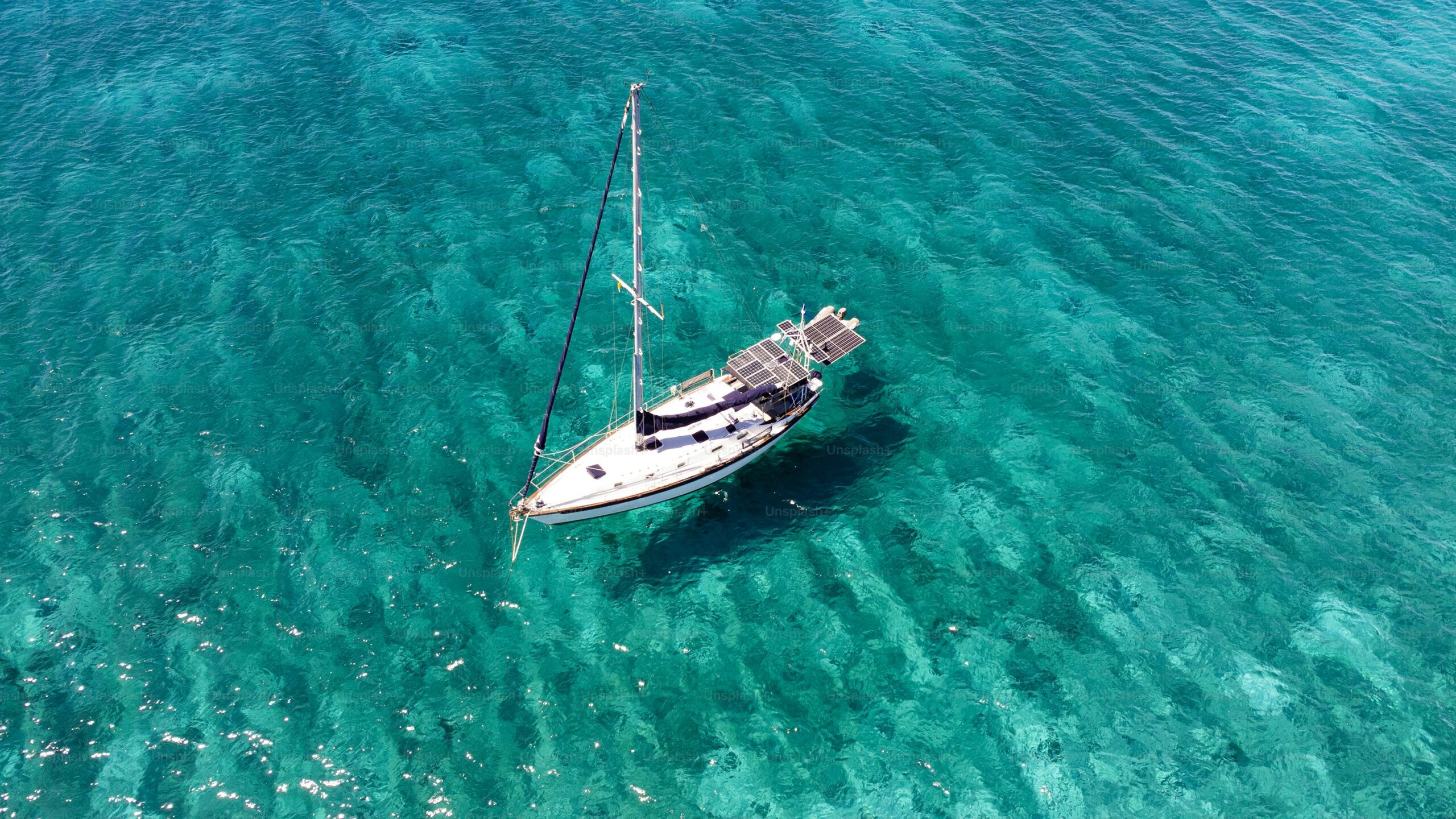Antifouling is a crucial part of boat maintenance, ensuring that your vessel remains free from marine growth and operates efficiently in Malta’s warm waters. One of the most common questions boat owners ask is: How often should you apply antifouling paint? The answer depends on several factors, including the type of antifouling paint used, how frequently the boat is used, and the conditions it operates in. In this guide, we’ll explore the best practices for antifouling maintenance, ensuring your boat remains in top condition year-round.
Why Regular Antifouling is Essential
Malta’s Mediterranean waters are rich in marine life, making boats highly susceptible to biofouling. If left unchecked, biofouling can:
- Increase fuel consumption due to additional drag.
- Reduce speed and maneuverability.
- Cause structural damage to the hull.
- Promote corrosion, especially on metal surfaces.
Applying antifouling paint regularly helps prevent these issues, keeping your boat performing at its best while reducing long-term maintenance costs.
Factors Affecting Antifouling Paint Durability
The frequency of antifouling application depends on several key factors:
- Type of Antifouling Paint Used
- Hard Antifouling: These paints are more durable and suitable for high-speed boats but may require reapplication every 12-18 months.
- Ablative (Self-Polishing) Antifouling: Wears away gradually, providing consistent protection. Requires reapplication every 6-12 months, depending on usage.
- Seajet Antifouling Products: At Dock Shop, we recommend high-quality Seajet antifouling paints for long-lasting protection.
- Seajet 033 Shogun: Suitable for high-fouling areas, offering season-long protection.
- Seajet 034 Emperor: Ideal for extended performance and durability.
- Seajet 038 Taisho: Provides superior antifouling properties, ideal for boat owners seeking maximum efficiency.
- Boat Usage
- Boats used frequently or at high speeds may wear down antifouling paint faster, requiring more frequent applications.
- Leisure boats that remain docked for extended periods may experience higher fouling, necessitating more regular maintenance.
- Water Conditions
- Warmer waters like those in Malta promote rapid marine growth, meaning antifouling may degrade faster compared to colder waters.
- Marinas and areas with stagnant water tend to have higher fouling rates, requiring more frequent antifouling applications.
- Previous Antifouling Maintenance
- If a boat’s hull hasn’t been properly cleaned and primed before antifouling application, the paint may not adhere well, reducing its longevity.
- Applying a quality primer before antifouling, such as Seajet primers, enhances adhesion and durability.
Recommended Antifouling Schedule
- Annually: Most boat owners in Malta should apply a fresh coat of antifouling paint at least once a year before the start of the boating season.
- Every 6-12 Months: If your boat is used frequently or remains in high-fouling waters, consider reapplying every 6-12 months.
- Every 18-24 Months: For boats using high-performance antifouling paints like Seajet 038 Taisho, longer intervals between applications may be possible.
Steps to Reapplying Antifouling Paint
- Inspect the Hull: Check for signs of fouling or paint wear. If the existing antifouling is still in good condition, a light sanding and a single coat may be sufficient.
- Clean the Surface: Remove any dirt, old antifouling residue, and marine growth before applying new paint.
- Apply a Primer: If switching antifouling types, ensure a compatible primer is used to improve adhesion.
- Apply the Antifouling Paint: Follow the manufacturer’s recommendations for thickness and drying times.
- Allow Sufficient Drying Time: Before launching, ensure the paint has fully cured for maximum effectiveness.
Expert Advice at Dock Shop Malta
At Dock Shop, we provide expert guidance on choosing and applying antifouling paint to suit your specific needs. Whether you require Seajet 033 Shogun, Seajet 034 Emperor, or Seajet 038 Taisho, we have the right solution to keep your boat protected all season long.
Conclusion
Regular antifouling is essential for maintaining your boat’s performance and longevity. The ideal reapplication schedule depends on the paint type, boat usage, and water conditions. By choosing high-quality antifouling products from Dock Shop, you can ensure long-lasting protection and optimal performance in Malta’s waters. Visit us today for expert advice and premium antifouling solutions!







